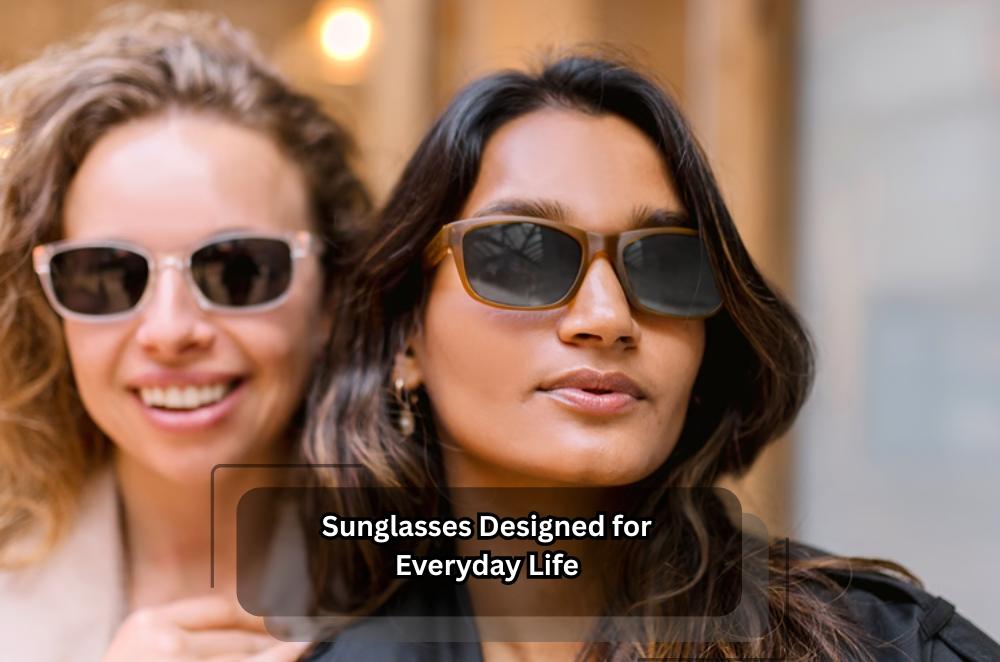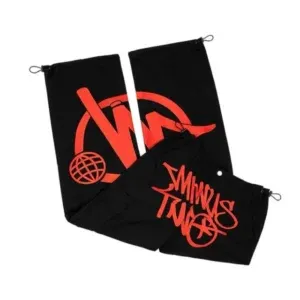Sunglasses Designed for Everyday Life

Sunny days are great until glare bites back, and the wrong lenses make everything more complicated than it needs to be. We’re fans of simple fixes that deliver results: frames that fit, lenses that don’t distort, and protection that actually lasts. If you spend time driving, on the water, or walking the dog at noon, switching to prescription sunglasses can clean up colours, sharpen edges, and cut squinting to almost zero. You get clarity tuned to your script, plus UV defence that doesn’t clock off when clouds roll in. It’s an everyday kit, not a weekend extra, and it pays off the moment you step outside. Your eyes will thank you.
How do prescription sunglasses improve daily life?
They cut glare and correct vision, so bright moments feel calmer. With the right tint and coatings, eyes work less and focus more.
Think of it as turning down a harsh radio. When light bounces off glass, bitumen, or water, your eyes grind away, filtering out noise. Quality lenses calm that chaos. Tints can lift contrast without bleaching colour. Anti-reflective layers tame scatter, easing headaches by day and halos at night. The WHO links long-term UV exposure to cataract risk, while the American Academy of Ophthalmology recommends 99–100% UV blocking—good sunnies make both practical choices. On the road or water, that comfort becomes safety: crisper lane edges, cleaner horizon lines, steadier reaction time. For harsh glare on roads or water, why polarised sunglasses matter becomes obvious—polarisation strips reflectivity, so details pop instead of washing out. The Australian Government Department of Health also notes that cumulative UV damage, starting now, pays off over the course of decades.
• Quick contrast pop in bright light
• Less squinting behind the wheel
• Colours stay true, not muddy
What lens options should we choose for sunglasses?
Start with UV400 as non-negotiable. Then match tint, material and coatings to how you live.
If you’re in and out of buildings, photochromic lenses adapt without fuss. Spend time on screens? A subtle anti-reflective layer cuts ghosting from LEDs and streetlights. For sport or bush tracks, impact-resistant materials (think polycarbonate or Trivex) keep things safe without heft. Grey tints keep colours honest; copper or amber can lift contrast on overcast days. AAO guidance backs wrap and fit to reduce side-angle light, and university optometry programs in Australia often highlight frame fit as key to UV coverage. Near water or snow, polarised lenses are worth their weight, offering less shimmer and more information. The point isn’t chasing features; it’s choosing a tidy set you’ll actually wear daily.
• Grey tint for true colours
• Anti-reflective for night driving
What’s the bottom line on sunglasses?
Great sunnies work quietly: more precise detail, calmer eyes, fewer squints. When they suit your prescription and routine, you forget them, because they’re doing the job.
Make one good choice and use it hard. That means lenses that block UV all day, frames that fit your face, and finishes that handle bags, dashboards and salty air. If you’ve been making do with off-the-rack shades, you’ll notice the difference in a week—on the highway, at the beach, or under a blunt midday sun. Health agencies, from the WHO to Australia’s own health department, stress the importance of lifelong UV protection to reduce risks like cataracts and pterygium; this isn’t vanity, but rather maintenance for a tool you use every waking hour. Try protecting your eyes with sunglasses.








